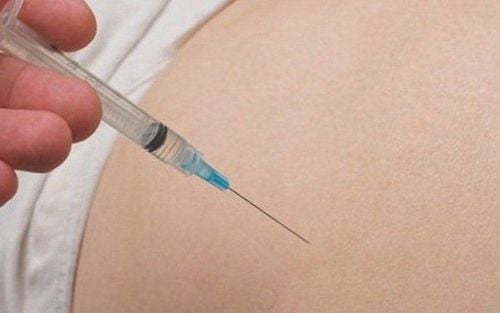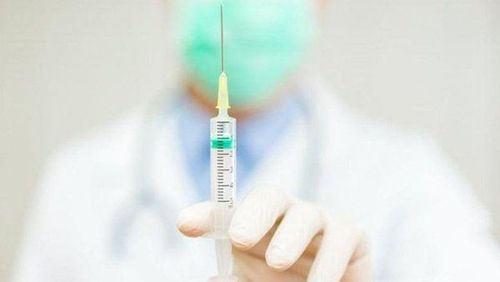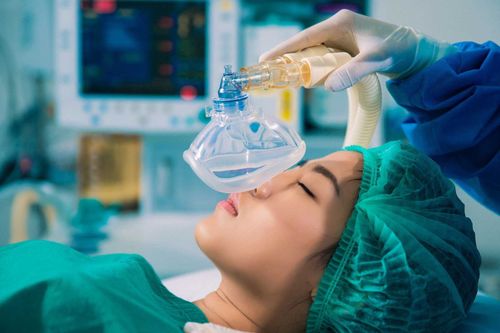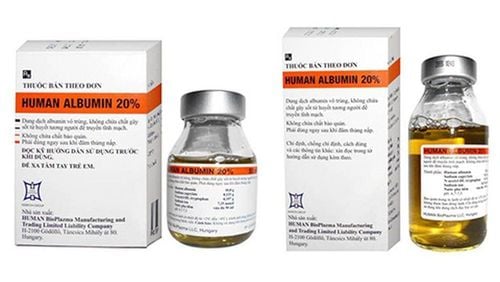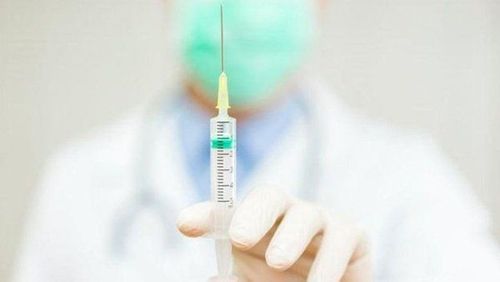This is an automatically translated article.
The article was written by Specialist I Tran Thi Anh Hien, Anesthesiologist - Anesthesiology Department - Vinmec Central Park International HospitalKetamine is classified as a class III drug and is approved for use in hospitals and medical facilities as an anesthetic. However, Ketamine is also a synthetic drug and is abused for other purposes because of the hallucinogenic and sedative effects it brings, prolonged use can lead to increased tolerance and cause pain. addiction.
1. What is Ketamine?
Ketamine abbreviated as Ke, is a dissociating anesthetic (freezing of sensory perception) approved by the Food and Drug Administration (FDA) and prescribed in the United States since the 1970s. for humans and veterinary medicine. Ketamine is used by anesthesiologists to initiate and maintain anesthesia for the purpose of putting patients to sleep during surgery or procedures to avoid pain and discomfort. In addition, Ketamine is also used to treat chronic pain.
2. Effect of Ketamine
Selectively cut off the pathways that cause convergence in the brain, helping to calm the nerves Low dose has analgesic effect when interacting with Opiat Dilates the bronchi Stimulates the cardiovascular system causes an increase in heart rate, increases blood pressure
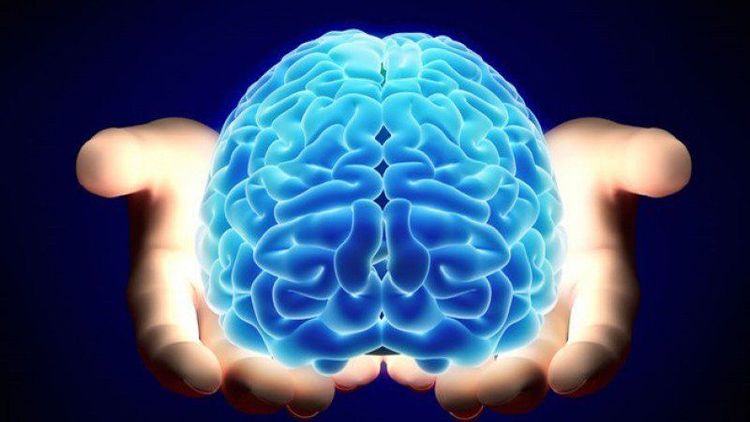
Ketamin được sử dụng để gây mê trong phẫu thuật
3. Indications and contraindications Ketamine
3.1 Indications Diagnostic anesthesia or short surgery that does not require muscle relaxation. Ketamine has special value in repeated anesthesia in children Neurodiagnostic techniques: encephalogram - ventriculography, myelogram, lumbar puncture Anesthesia in people with bronchial asthma: reduces the risk of an attack bronchospasm Anesthesia in patients at risk or in low blood pressure Superficial surgery: necrotic tissue excision, bandaging, skin grafting in burn patients Orthopedic surgery: closed osteopathy, femoral nailing , amputation, biopsy Eye surgery, ENT surgery, tooth extraction Cesarean section 3.2 Contraindication Ketamine Increased intracranial pressure, history of cerebrovascular accident, traumatic brain injury, tumor or hemorrhage in the brain Disease Psychiatric, hallucinations Eye damage, glaucoma Thyrotoxicosis Hypertension, coronary insufficiency Maternity with eclampsia, pre-eclampsia
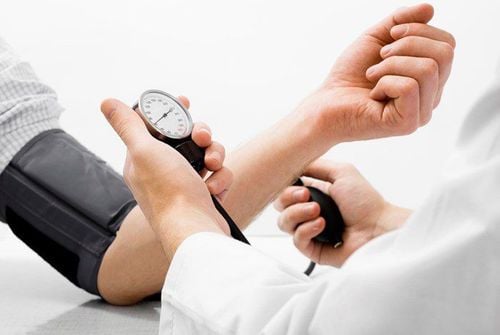
Không sử dụng Ketamin cho bệnh nhân bị tăng huyết áp
4. Side effects
Some common side effects:
Tachycardia. Hypertension (the degree varies from 20-25% compared to before anesthesia). Increased muscle tone, spasmodic, seizure-like movements. Run, lisp. Hallucinations, excitement. Hallucinations usually go away upon awakening, but some people have flashbacks several weeks after surgery. Rare side effects:
Hypotension, bradycardia, arrhythmias Respiratory depression when administered intravenously at a rapid rate and at high doses. Increased intracranial pressure. Anorexia, nausea, vomiting. Vision problems: slight increase in intraocular pressure, nystagmus. Note: Not everyone experiences the above side effects
5. Dosage
Ketamine can be administered intravenously or intramuscularly.
Intravenous dose of 2.0 mg/kg has anesthetic effect for surgery within 1 minute after injection and lasts for 5 - 15 minutes. Intramuscular dose of 10 mg/kg has an anesthetic effect for surgery in 3 - 5 minutes after injection and lasts for 12 - 25 minutes. To prolong anesthesia or relieve pain, Ketamine drops can be continued.
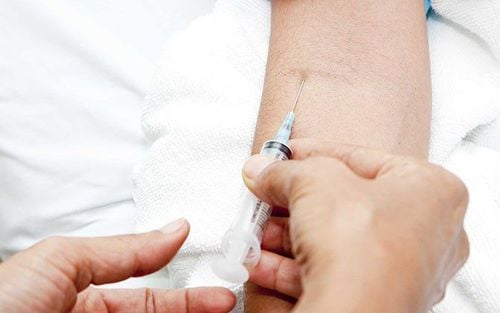
Thuốc có thể dùng tiêm bắp hoặc tiêm tĩnh mạch
How to use Ketamine safely Ketamine is only allowed to be used in hospitals under the guidance and supervision of anesthesiologists to ensure safety. Your doctor may combine Ketamine with another medicine to prevent hallucinations. If intravenous injection: must be injected slowly with a time of 60 seconds, do not inject quickly to avoid respiratory failure. Do not use the same syringe when using Ketamine with barbiturates because these two substances are incompatible and will cause precipitation. When using Ketamine, it is necessary to prepare full emergency resuscitation equipment. Caution on alcoholics or acute alcohol poisoning
6. Overdose and treatment
Overdose can cause respiratory depression, so ventilatory support should be used. Ketamine has a great safety, some cases of unintentional Ketamine overdose (10 times the usual dose) have been monitored for a long time but still fully recovered. Vinmec International General Hospital is one of the hospitals that not only ensures professional quality with a team of leading doctors, modern equipment and technology, but also stands out for its examination and consulting services. and comprehensive, professional medical treatment; civilized, polite, safe and sterile medical examination and treatment space.
Customers can directly go to Vinmec Health system nationwide to visit or contact the hotline here for support.





